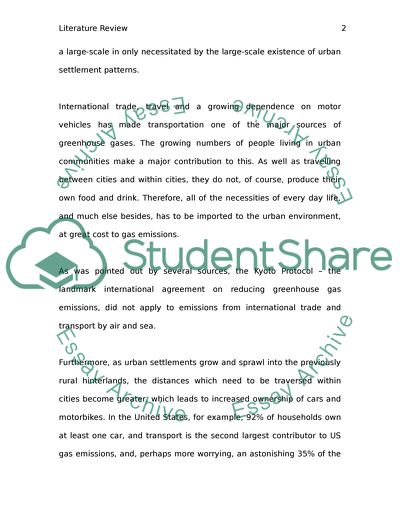Cite this document
(“Climate change Dissertation Example | Topics and Well Written Essays - 2000 words”, n.d.)
Retrieved from https://studentshare.org/family-consumer-science/1407824-climate-change
Retrieved from https://studentshare.org/family-consumer-science/1407824-climate-change
(Climate Change Dissertation Example | Topics and Well Written Essays - 2000 Words)
https://studentshare.org/family-consumer-science/1407824-climate-change.
https://studentshare.org/family-consumer-science/1407824-climate-change.
“Climate Change Dissertation Example | Topics and Well Written Essays - 2000 Words”, n.d. https://studentshare.org/family-consumer-science/1407824-climate-change.


